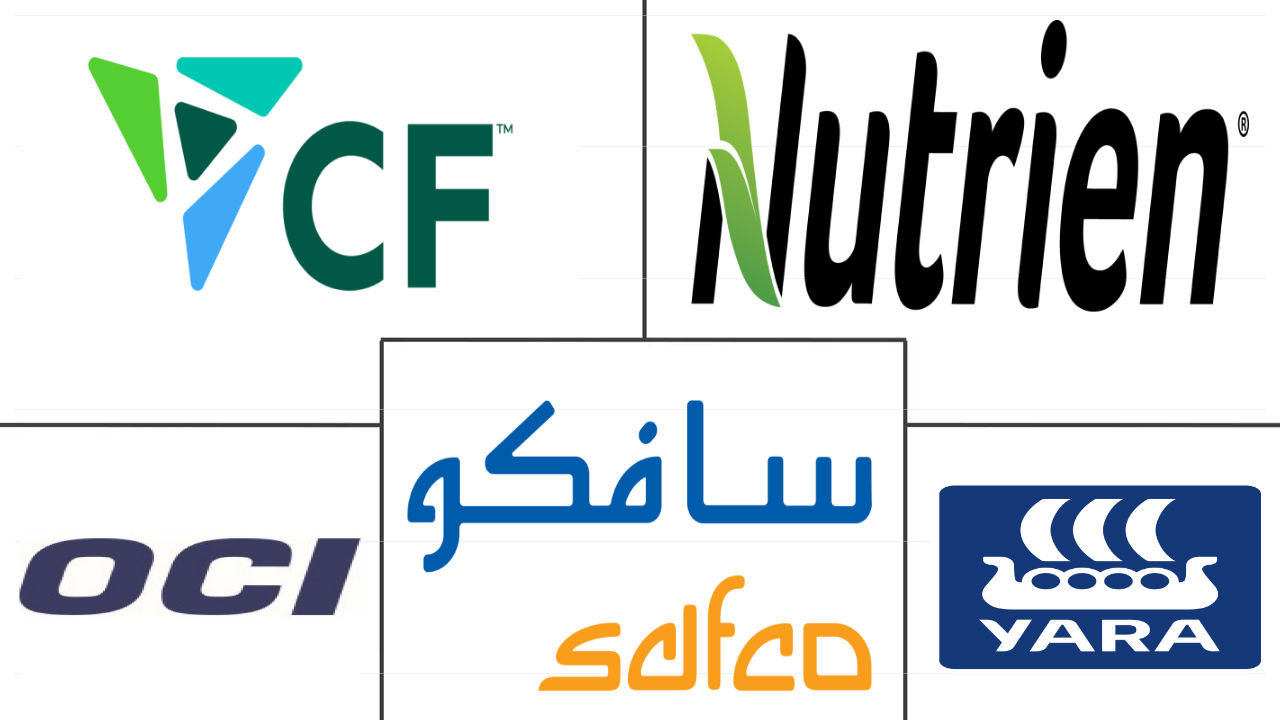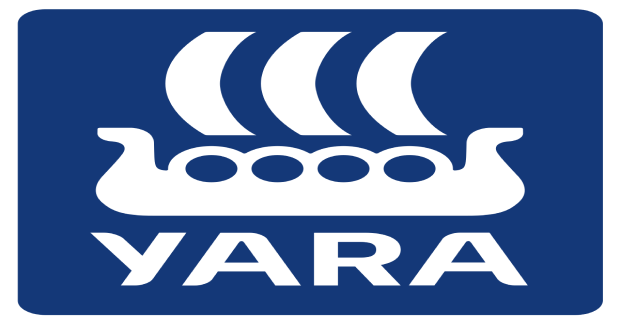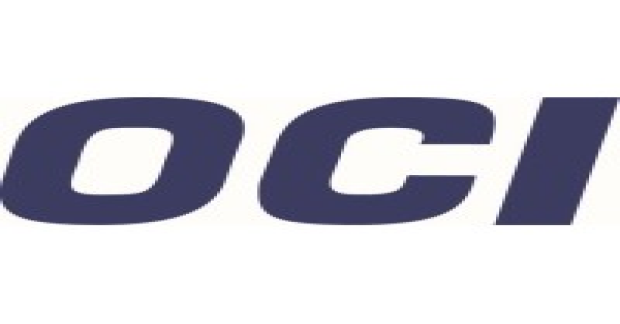Market Size of urea Industry
| Icons | Lable | Value |
|---|---|---|
|
|
Study Period | 2017 - 2030 |
|
|
Market Size (2024) | USD 72.36 Billion |
|
|
Market Size (2030) | USD 107.8 Billion |
|
|
Largest Share by Crop Type | Field Crops |
|
|
CAGR (2024 - 2030) | 6.88 % |
|
|
Largest Share by Region | Asia-Pacific |
|
|
Market Concentration | Low |
Major Players |
||

|
||
|
*Disclaimer: Major Players sorted in no particular order |
Urea Market Analysis
The Urea Market size is estimated at 72.36 billion USD in 2024, and is expected to reach 107.8 billion USD by 2030, growing at a CAGR of 6.88% during the forecast period (2024-2030).
72.36 Billion
Market Size in 2024 (USD)
107.8 Billion
Market Size in 2030 (USD)
10.69 %
CAGR (2017-2023)
6.88 %
CAGR (2024-2030)
Largest Type
100 %
value share, Straight, 2023
Straight fertilizers are the most consumed fertilizer, as Nitrogen is the most yield-limiting nutrient for crop growth and farmers are highly adapted to its usage.
Largest Coating Type
47.46 %
value share, Polymer Coated, 2023
Polymer-coated urea fertilizer has gained popularity due to the release of nitrogen gradually, improving nutrient use efficiency and reducing the risk of nitrogen loss.
Largest Crop Type
78.28 %
value share, Field Crops, 2023
Field crops have high nitrogen requirements for development, which increases demand for urea fertilizers as an effective nitrogen source to enhance crop yield.
Leading Market Player 1
7.16 %
market share, Yara International ASA, 2022

Yara International ASA manufactures and sells urea-based products via its brand, "YaraVera". YaraVera products are easy to handle, storage, and transportation.
Leading Market Player 2
4.39 %
market share, OCI NV, 2022

OCI NV has opened a new fertilizer manufacturing plant that will produce approximately 1.5 to 2 million metric ton of nitrogen fertilizer annually including urea.
Due to higher areas under turf and ornamentals, North America dominating the market
- Field crops, on average, require more nitrogen than other crop types. Field crop cultivation dominates the global agricultural landscape, accounting for more than 95.0% of all agricultural land. Rice, wheat, and corn are the world's most important field crops, accounting for about 38.0% of total agricultural land. Field crops dominate the global urea market, accounting for about 79.3% of the market value, amounting to around USD 60.1 billion in 2022. In countries like Canada, 32% of the field crop growers use urea fertilizers in their field crop cultivation.
- Horticultural crops accounted for about 19.6% of the total market value of urea fertilizers, amounting to around USD 14.8 billion in 2022. There is an increasing demand for fruits and vegetables around the world, particularly after the pandemic. Asia-Pacific dominates the urea fertilizer market for horticultural crops, primarily due to the extensive cultivation of horticultural crops in the region.
- North America dominates the urea fertilizer market in turf and ornamental crops. Turf and ornamental crops accounted for about 54.5% of the total market value, amounting to around USD 455.1 million in 2022. The presence of a large number of golf courses, sports clubs, and private lawn areas contributes to the region's dominance by share. Turf grass, for example, covers about 15.0 million hectares of land in the United States, which includes all stadiums, lawns, and parks.
- In terms of field and horticultural crops, Asia-Pacific is anticipated to grow at a faster rate due to the large availability of agricultural land. The turf and the ornamental segment is growing in the North American and European regions.
Growing area under cultivation and reducing nitrogen use levels in the soils drives the market growth
- The global urea fertilizers market was valued at USD 75.77 billion in the year 2022, recording a volume consumption of 140.3 million metric tons. It is estimated to register a CAGR of 6.6% during 2023-2030. With the increase in population, developments in the agriculture industries are taking place regionally, increasing consumption and thereby driving the market.
- By country, India and China accounted for 32.8% and 28.3% of the Asia-Pacific Urea fertilizer market in 2022. Consumption growth is mainly driven by the demand for urea as a direct application fertilizer, accounting for more than 90% of the total urea consumption in these countries. Hence, the urea market in these regions is anticipated to grow significantly during 2023-2030.
- North America accounted for 11.6% of the total global urea market. The consumption of urea in 2022 was 20.9 million metric tons, which increased from 17.7 million metric tons in 2017. The increase in the area under cultivation resulted in an increase in the consumption of urea, and the cultivation increased from 228.0 million hectares in 2017 to 232.1 million hectares in 2022. This trend was observed due to the higher usage of fertilizers to increase the yield and productivity of the crop in the available land area.
- Based on the aforementioned factors and the need for enhanced productivity to feed the increasing population, the demand for urea is expected to increase, thereby boosting the market significantly during 2023-2030 with an anticipated volume CAGR of 3.3%.
Urea Industry Segmentation
CRF, Liquid Fertilizer, SRF, Water Soluble are covered as segments by Speciality Type. Field Crops, Horticultural Crops, Turf & Ornamental are covered as segments by Crop Type. Conventional, Speciality are covered as segments by Form. Asia-Pacific, Europe, Middle East & Africa, North America, South America are covered as segments by Region.
- Field crops, on average, require more nitrogen than other crop types. Field crop cultivation dominates the global agricultural landscape, accounting for more than 95.0% of all agricultural land. Rice, wheat, and corn are the world's most important field crops, accounting for about 38.0% of total agricultural land. Field crops dominate the global urea market, accounting for about 79.3% of the market value, amounting to around USD 60.1 billion in 2022. In countries like Canada, 32% of the field crop growers use urea fertilizers in their field crop cultivation.
- Horticultural crops accounted for about 19.6% of the total market value of urea fertilizers, amounting to around USD 14.8 billion in 2022. There is an increasing demand for fruits and vegetables around the world, particularly after the pandemic. Asia-Pacific dominates the urea fertilizer market for horticultural crops, primarily due to the extensive cultivation of horticultural crops in the region.
- North America dominates the urea fertilizer market in turf and ornamental crops. Turf and ornamental crops accounted for about 54.5% of the total market value, amounting to around USD 455.1 million in 2022. The presence of a large number of golf courses, sports clubs, and private lawn areas contributes to the region's dominance by share. Turf grass, for example, covers about 15.0 million hectares of land in the United States, which includes all stadiums, lawns, and parks.
- In terms of field and horticultural crops, Asia-Pacific is anticipated to grow at a faster rate due to the large availability of agricultural land. The turf and the ornamental segment is growing in the North American and European regions.
| Speciality Type | |||||
| |||||
| Liquid Fertilizer | |||||
| SRF | |||||
| Water Soluble |
| Crop Type | |
| Field Crops | |
| Horticultural Crops | |
| Turf & Ornamental |
| Form | |
| Conventional | |
| Speciality |
| Region | |||||||||||||
| |||||||||||||
| |||||||||||||
| |||||||||||||
| |||||||||||||
|
Urea Market Size Summary
The urea market is poised for significant growth over the forecast period, driven by its critical role in agricultural productivity. As a key nitrogen source, urea is predominantly used in field crop cultivation, which occupies the majority of global agricultural land. The demand for urea is particularly strong in regions like Asia-Pacific, where extensive cultivation of staple crops such as rice, wheat, and corn occurs. This region's dominance is further bolstered by the increasing need for enhanced agricultural output to support a growing population. In North America, the market is characterized by its focus on turf and ornamental crops, supported by the presence of numerous golf courses and sports facilities. The market's expansion is also fueled by the rising consumption of urea as a direct application fertilizer, especially in countries like India and China, where it plays a vital role in boosting crop yields.
The global urea market is fragmented, with major players like CF Industries Holdings, Inc., Nutrien Ltd., OCI NV, SABIC Agri-Nutrients Co., and Yara International ASA holding significant shares. These companies are actively engaging in strategic acquisitions and partnerships to enhance their market presence and distribution capabilities. The market's growth trajectory is supported by the increasing application of primary nutrient fertilizers, with nitrogen being the most widely used due to its essential role in plant metabolic processes. As urbanization leads to the loss of arable land, the reliance on fertilizers like urea is expected to rise, further propelling market growth. The ongoing developments in agricultural practices and the need for sustainable food production are key factors driving the urea market's expansion in the coming years.
Urea Market Size - Table of Contents
-
1. MARKET SEGMENTATION (includes market size in Value in USD and Volume, Forecasts up to 2030 and analysis of growth prospects)
-
1.1 Speciality Type
-
1.1.1 CRF
-
1.1.1.1 Polymer Coated
-
1.1.1.2 Polymer-Sulfur Coated
-
1.1.1.3 Others
-
-
1.1.2 Liquid Fertilizer
-
1.1.3 SRF
-
1.1.4 Water Soluble
-
-
1.2 Crop Type
-
1.2.1 Field Crops
-
1.2.2 Horticultural Crops
-
1.2.3 Turf & Ornamental
-
-
1.3 Form
-
1.3.1 Conventional
-
1.3.2 Speciality
-
-
1.4 Region
-
1.4.1 Asia-Pacific
-
1.4.1.1 Australia
-
1.4.1.2 Bangladesh
-
1.4.1.3 China
-
1.4.1.4 India
-
1.4.1.5 Indonesia
-
1.4.1.6 Japan
-
1.4.1.7 Pakistan
-
1.4.1.8 Philippines
-
1.4.1.9 Thailand
-
1.4.1.10 Vietnam
-
1.4.1.11 Rest of Asia-Pacific
-
-
1.4.2 Europe
-
1.4.2.1 France
-
1.4.2.2 Germany
-
1.4.2.3 Italy
-
1.4.2.4 Netherlands
-
1.4.2.5 Russia
-
1.4.2.6 Spain
-
1.4.2.7 Ukraine
-
1.4.2.8 United Kingdom
-
1.4.2.9 Rest of Europe
-
-
1.4.3 Middle East & Africa
-
1.4.3.1 Nigeria
-
1.4.3.2 Saudi Arabia
-
1.4.3.3 South Africa
-
1.4.3.4 Turkey
-
1.4.3.5 Rest of Middle East & Africa
-
-
1.4.4 North America
-
1.4.4.1 Canada
-
1.4.4.2 Mexico
-
1.4.4.3 United States
-
1.4.4.4 Rest of North America
-
-
1.4.5 South America
-
1.4.5.1 Argentina
-
1.4.5.2 Brazil
-
1.4.5.3 Rest of South America
-
-
-
Urea Market Size FAQs
How big is the Global Urea Market?
The Global Urea Market size is expected to reach USD 72.36 billion in 2024 and grow at a CAGR of 6.88% to reach USD 107.84 billion by 2030.
What is the current Global Urea Market size?
In 2024, the Global Urea Market size is expected to reach USD 72.36 billion.

